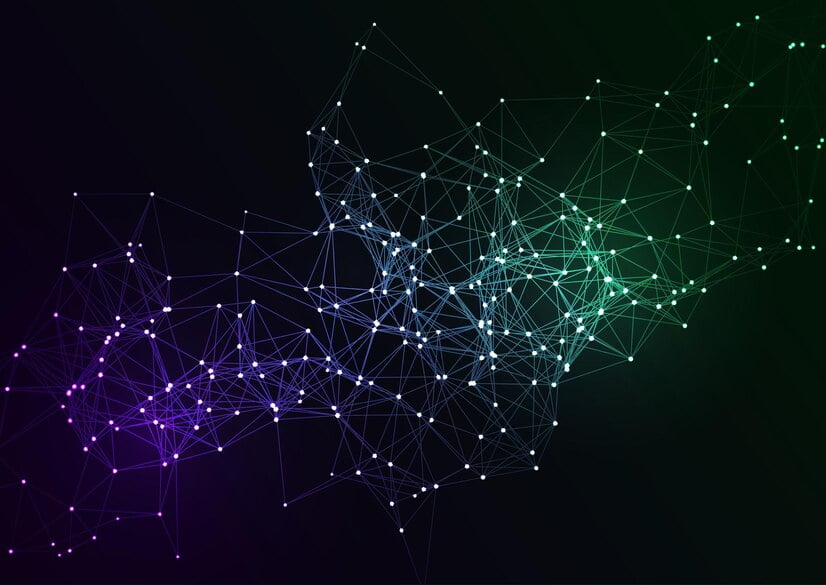The Learning Process
Central to the functionality of neural networks is the learning process, which hinges on the principle of backpropagation. During training, the network is exposed to a labelled dataset, and its performance is evaluated based on a predefined objective function, or loss function. By iteratively adjusting the network’s weights and biases in the direction that minimizes the loss, backpropagation enables the network to gradually improve its predictive accuracy. This iterative optimization process, often coupled with gradient descent algorithms, allows neural networks to learn complex patterns and relationships within data.
Recurrent Neural Networks (RNNs)
In contrast to CNNs, Recurrent Neural Networks (RNNs) excel in processing sequential data with temporal dependencies, such as time series, speech, and text. Unlike feedforward neural networks, RNNs possess recurrent connections that enable them to retain memory of past inputs while processing subsequent ones. This unique architecture makes RNNs well-suited for tasks like language modeling, speech recognition, and machine translation, where context and sequential dependencies are crucial for accurate predictions.
Generative Adversarial Networks (GANs)
Generative Adversarial Networks (GANs) represent a groundbreaking approach to generating synthetic data that closely resembles real-world samples. Comprising two competing neural networks – a generator and a discriminator – GANs engage in a dynamic adversarial training process. The generator attempts to produce realistic data samples, while the discriminator aims to distinguish between real and fake samples. Through this adversarial interplay, GANs can generate high-fidelity images, videos, and other data types, with applications ranging from image synthesis to data augmentation and beyond.
The Future of Neural Networks
As neural networks continue to evolve and push the boundaries of artificial intelligence, researchers and practitioners are confronted with new opportunities and challenges. Innovations such as attention mechanisms, transformer architectures, and reinforcement learning algorithms are reshaping the landscape of neural network research, promising enhanced performance and capabilities across diverse applications. However, challenges related to interpretability, robustness, and ethical considerations underscore the need for responsible AI development and deployment. By addressing these challenges and embracing the potential of neural networks, we can harness the transformative power of AI to create a brighter and more equitable future for humanity.
Conclusion:
In conclusion, neural networks are powerful computational models that have revolutionized the field of artificial intelligence. With their ability to learn from data and extract meaningful insights, neural networks have become indispensable tools for solving complex problems across various industries. Whether you’re a researcher, developer, or enthusiast, understanding the principles of neural networks is essential for navigating the rapidly evolving landscape of AI and machine learning.
